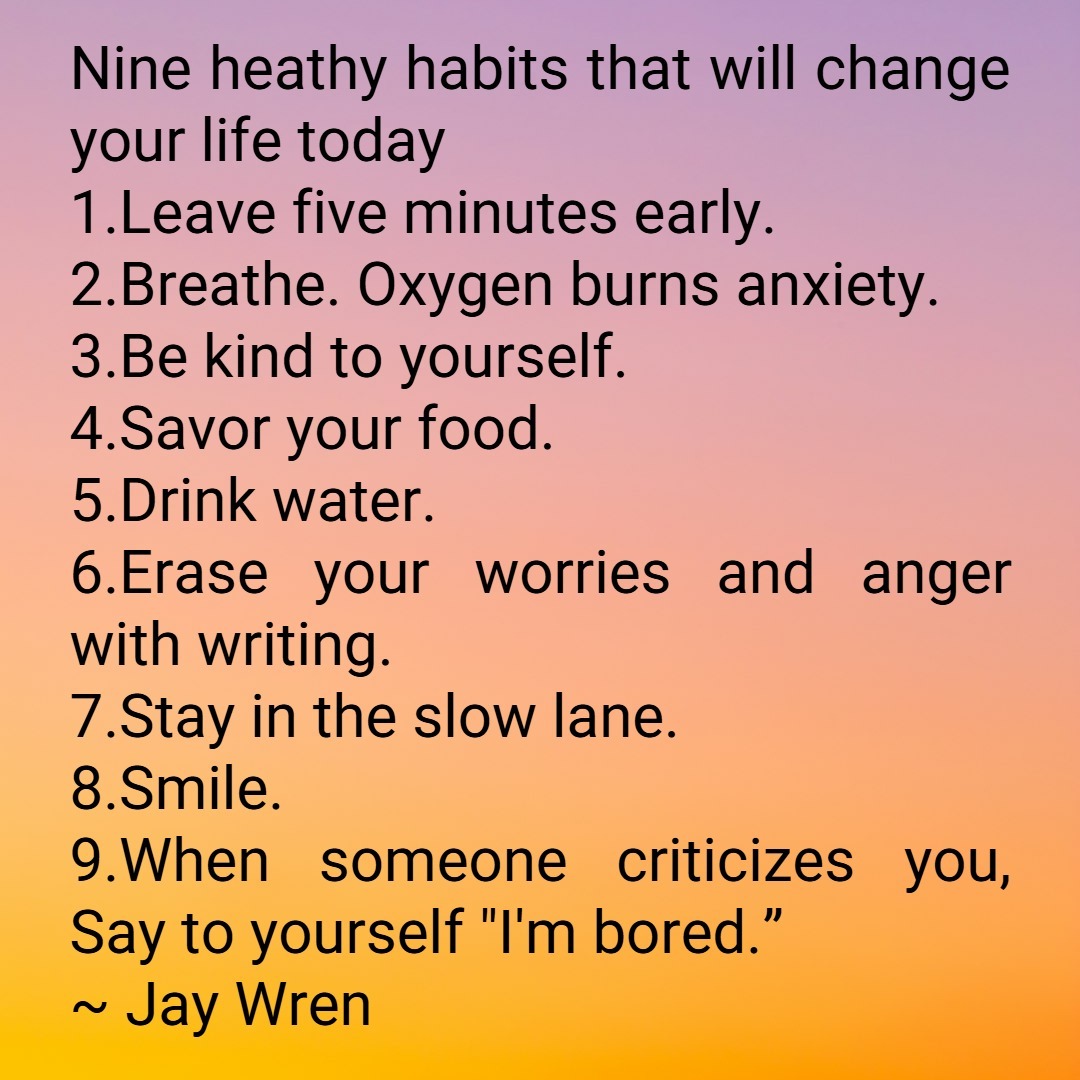In today’s rapidly evolving job market, the concept of a linear career path is becoming increasingly obsolete. The rise of automation, globalization, and the gig economy has created a landscape where adaptability and resilience are paramount. This is where career agility comes into play.
What is Career Agility?
Career agility is the ability to adapt and thrive in a dynamic work environment. It encompasses:
- Flexibility: Being open to new opportunities, roles, and industries.
- Adaptability: Quickly adjusting to changing circumstances and acquiring new skills.
- Resilience: Bouncing back from setbacks and navigating career transitions.
- Continuous Learning: Embracing lifelong learning and staying up-to-date with industry trends.
- Proactive Mindset: Taking ownership of your career and actively seeking growth opportunities.
Why is Career Agility Essential?
- Job Security: In a world of constant change, traditional job security is diminishing. Career agility provides a safety net by enabling you to adapt to new roles and industries.
- Career Growth: Agility opens doors to new opportunities and allows you to pursue diverse career paths.
- Increased Earning Potential: Acquiring in-demand skills and staying relevant in the job market can lead to higher earning potential.
- Enhanced Job Satisfaction: Embracing change and pursuing your passions can lead to a more fulfilling and engaging career.
- Navigating Disruption: From technological advancements to economic shifts, agility allows you to navigate disruptions and emerge stronger.
How to Cultivate Career Agility:
- Embrace Lifelong Learning:
- Stay curious and seek out new knowledge and skills.
- Take online courses, attend workshops, and read industry publications.
- View challenges as learning opportunities.
- Build a Strong Network:
- Connect with professionals in your industry and beyond.
- Attend industry events and conferences.
- Leverage online platforms like LinkedIn to build relationships.
- Develop Transferable Skills:
- Focus on developing skills that are applicable across various industries and roles.
- Examples include communication, problem-solving, critical thinking, and adaptability.
- Be Proactive:
- Take ownership of your career development.
- Seek out new challenges and opportunities.
- Don’t wait for opportunities to come to you; create them.
- Embrace Change:
- Be open to new ideas and perspectives.
- Don’t be afraid to step outside your comfort zone.
- View change as an opportunity for growth.
- Build Resilience:
- Develop coping mechanisms for stress and setbacks.
- Focus on your strengths and learn from your mistakes.
- Maintain a positive attitude and believe in your ability to succeed.
In essence, career agility is about embracing uncertainty and viewing your career as a continuous journey of growth and adaptation. By cultivating these skills, you can navigate the modern work landscape with confidence and achieve long-term career success.





